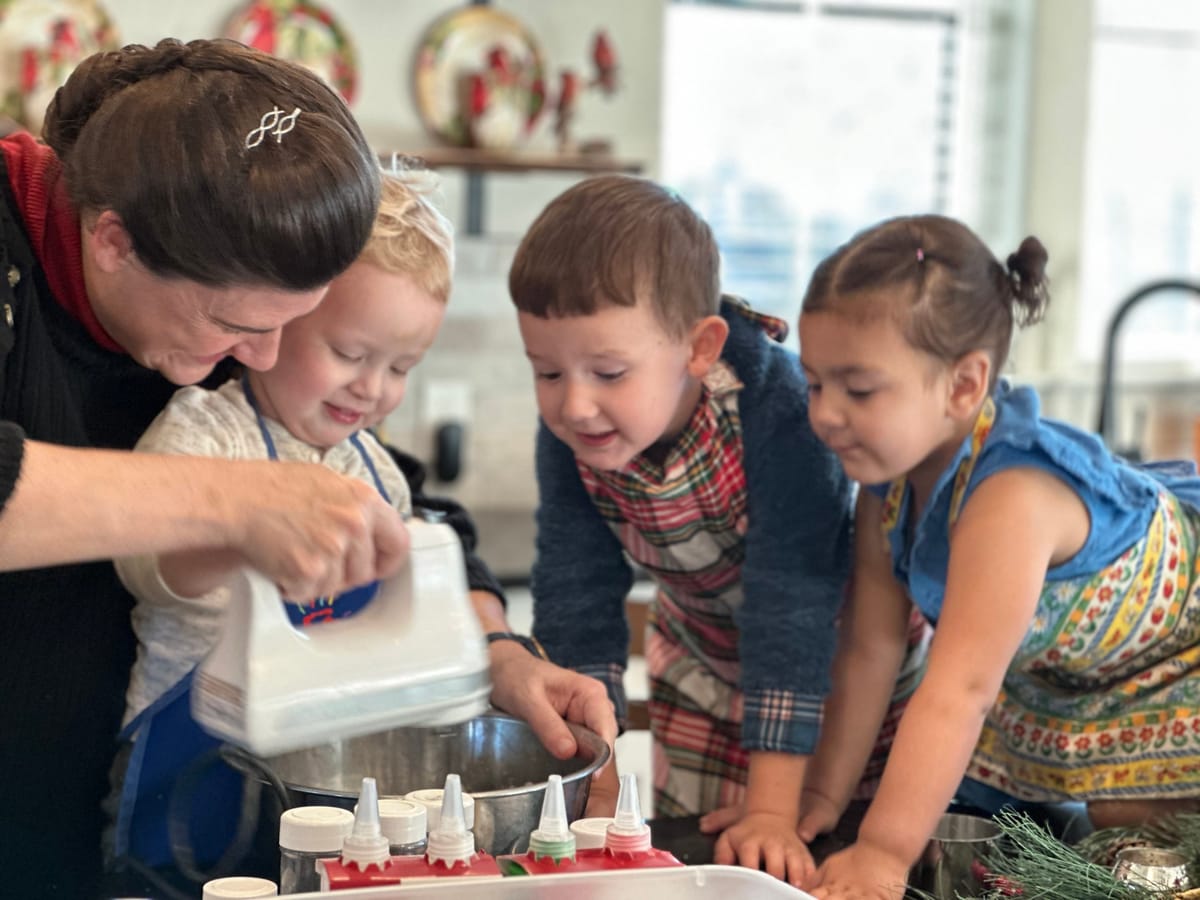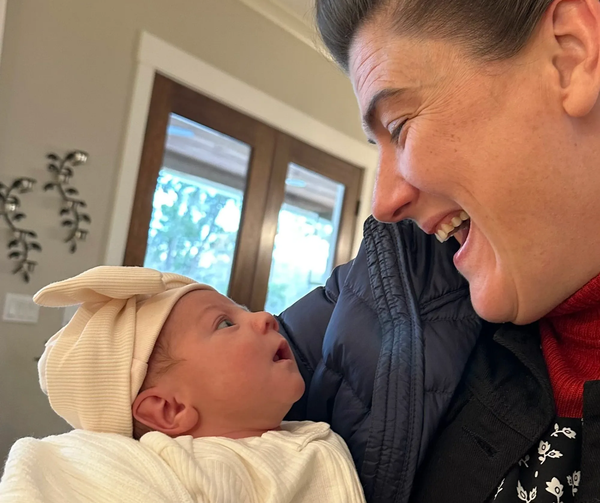Motherhood—An Art of Balance and Proprioception
As I shared in my previous letter, the role of a wife and mother is meant to be a dance—a dance to the rhythm and music of our Maker. But to dance well, a woman must have extraordinary balance and proprioception.

“He is before all things, and in Him all things hold together.” Colossians 1:17
Dearest Daughters,
As I shared in my previous letter, the role of a wife and mother is meant to be a dance—a dance to the rhythm and music of our Maker. But to dance well, a woman must have extraordinary balance and proprioception.
A trained dancer can hold an arabesque on one leg, complete multiple turns with control, or freeze mid-motion with grace. Her balance is both static and dynamic—she is steady in stillness and fluid in movement. But these abilities don’t come naturally.
Dancers cultivate proprioception: the body’s internal awareness of position in space. It’s the sense of where we are in relation to everything around us. This awareness is developed through years of focused training—barre work, turning drills, slow-control exercises. Her core becomes stable, her feet and ankles refined, and she becomes less dependent on visual cues. She moves with an inner compass.
With eyes closed, a dancer can maintain balance on one leg for more than 15 seconds. Most non-dancers lose their footing in under five. With eyes open, dancers average 30 to 60 seconds of poised stillness; others only 15 to 30. These skills become vital—especially when dancing under pressure, with lights flashing and choreography shifting. But they require discipline, repetition, and grace.
Motherhood, too, is an art of balance and proprioception.
But in the dance of womanhood, the balance is not just physical. It’s spiritual. It’s the awareness of our place in God’s design—our smallness and our significance. Proprioception in motherhood is knowing where we stand in relationship to our children, our husbands, our neighbors—and to God. It’s knowing how to take our place, not at the center, but in harmony with the whole. We’re small enough to keep our problems and our egos small, but significant enough to be called, chosen, and placed here by God.
This inner balance allows us to stand—even when the world spins wildly. When the lights go out. When children scatter and voices rise. We’re not thrown off course. We know with whom we stand. We know where we stand. And so, we do not fall.
But dancers don’t merely balance. They don’t just hear the beat—they embody it. Timing, phrasing, and emotion become synchronized with motion. A dancer may gesture with one arm while rising en pointe and tracking a turn with her eyes. Every movement is purposeful. Every part participates in the rhythm.
So it is with us. If we are to live as dancers in the great choreography of God’s creation, we must first learn to hear the music. But not only to hear it—to embody it. This music—this divine harmony—is the design God set into motion when He spoke the world into being. The stars, the tides, the seasons, the breath in our lungs—all of it moves according to the song He composed.
Scripture tells us: “He is before all things, and in Him all things hold together” (Colossians 1:17). The whole universe is upheld by His voice. And if we learn to listen—really listen—we’ll find that same rhythm flowing through our homes, our relationships, our work, and our rest.
To be a mother is to take our place in the music. To listen. To learn. To practice. And then, to move. In grace. In balance. In holy awareness.
And in Him, to hold all things together.
With love always,
Mom



